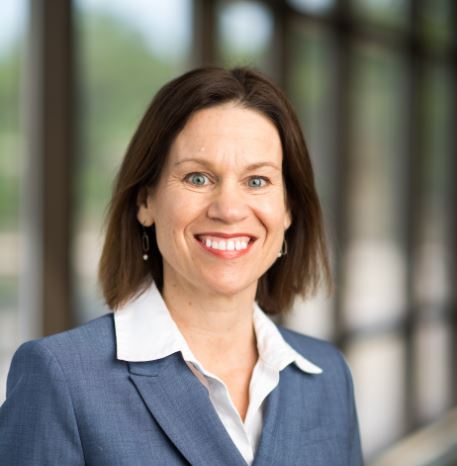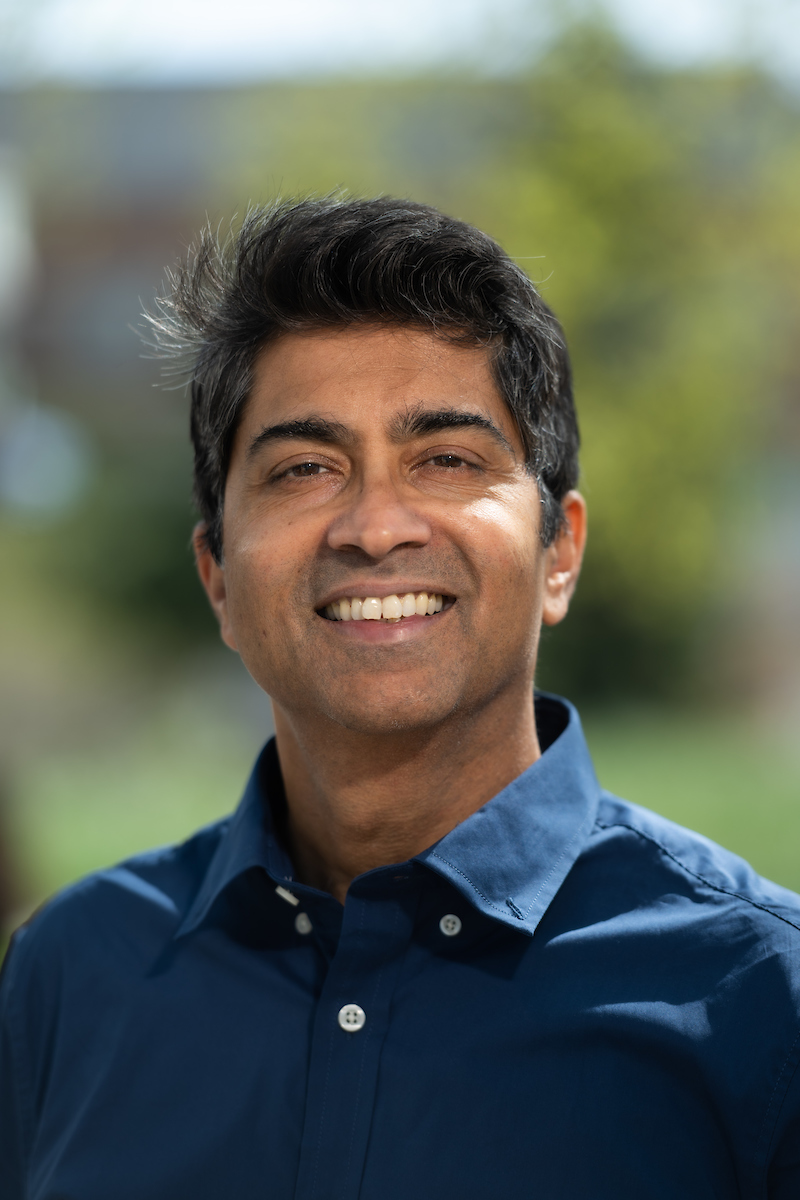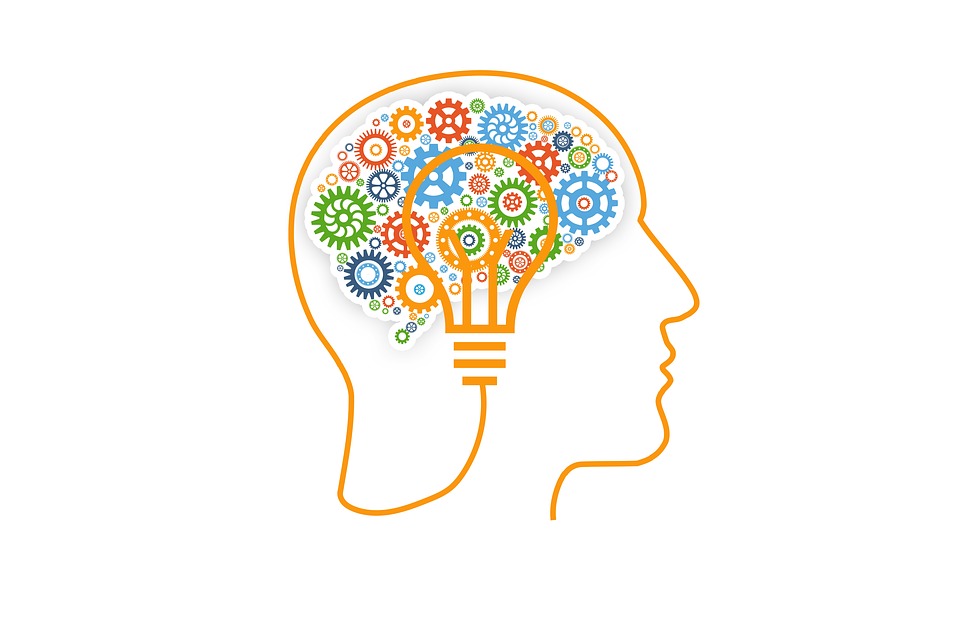Hundreds of Michigan teens and their families are helping scientists learn more about the growth and development of the brain and its impacts on behavior, mental health and much more, through a national study called ABCD that also includes thousands of other young people nationwide.

Two neuroscientists who lead the University of Michigan’s participation in the study, Chandra Sripada, M.D., Ph.D., and Mary Heitzeg, Ph.D., answered questions about how the multi-year project is going, and what it has taught researchers so far.
Learn more about the ABCD study, whose full name is the Adolescent Brain Cognitive Development study, at abcdstudy.org.
Can you provide an overview of the goals and objectives of the national ABCD study, and the specific contributions and focus areas of the University of Michigan's involvement in the ABCD study?
Sripada: The ABCD Study is a national study involving 21 sites across the United States, including U-M. The study recruited 10,875 youth when they were 9-10 years old and is in the process of studying their development for 10 years. The main goal of the study is to understand the biological and environmental building blocks that contribute to successful, resilient young adults.
Heitzeg: For example, through the data collected in the study, we can relate how genes and the environment – a child’s family, school, friends, and more -- jointly influence the developing brain and behavior. At U-M, we are particularly interested in genetic and environmental factors that influence vulnerability to substance use disorders and the emergence of mental disorders, for example depression and anxiety.

How is the ABCD study contributing to our understanding of adolescent brain development and its impact on cognitive functions?
Sripada: The ABCD study is unique in its size and the breadth of information it collects. We collect information about youth and their family and neighborhood contexts, and bring this information together with information about genes, brain structure and functioning, and other sources of information.
Heitzeg: The size and breadth of ABCD makes it a unique resource for researchers to establish strong conclusions that cannot be reached based on small samples with limited types of data collected.
What are some of the key findings or insights that have emerged from the ABCD study so far?
Sripada: There are already hundreds of published studies from teams nationwide based on findings from ABCD data. We have learned more about how body mass index affects the brain (it appears to affect reward centers in the brain), how screen time influences ADHD symptoms (the connections are weaker than what had previously been suspected), the importance of sleep to mental health (more sleep is linked to less depression and anxiety, better concentration and fewer behavior problems) and many, many others.
Can you highlight any notable findings or insights that have emerged from U-M’s analysis of ABCD data?
Sripada: Our U-M team has published more than a dozen studies based on ABCD data. Here are a couple of examples. We found that when children grow up in households with lower socioeconomic resources, we see changes in brain connections distributed throughout the brain. As more data from ABCD comes in over time, we will be able to look at how these differences in connectivity change over time and how they related to the child’s behavior.
In another study, we identified a wide range of factors that are related to children’s’ level of attention functioning. There is a controversy in the field about whether performance on certain behavioral tasks can add value in assessing problems with attention of the kind seen in ADHD. We helped answer this question, showing these behavioral tasks are indeed valuable.
Heitzeg: And this is just a small sample of what researchers here at the Michigan ABCD site have found. We’re also looking at Long COVID-type impacts in the ABCD participants, as part of the larger national RECOVER study.
Have ABCD findings taught us anything that parents/grandparents of today’s tweens and teens can use in their own lives, or that doctors, nurses and therapists can use in caring for this patient population?
Heitzeg: The ABCD Study is still in the process of collecting the important longitudinal data that will allow experts to make these kinds of recommendations. But in general, some of what we have seen reinforces the importance of the basics such as getting sufficient sleep.
What kinds of things have you done to help keep the young people and families in the study engaged over the years?
Heitzeg: We do a number of things to help keep our ABCD families engaged. We provide youth with a thank-you card that includes a picture of their brain after each visit. We also collect feedback about the study to find out if it was a positive experience, or if there were any problems that we can address for the family.
The national ABCD Study team also puts together easy to read infographics about important findings for the families, and conducts webinars so that interested participants can ask questions. At U-M, the research assistants put together a quarterly newsletter for the families. For example, the winter newsletter included ideas for local winter family fun events, including skating rinks and light festivals, mental health tips, and recent ABCD study findings on the impact of pet ownership on emotional functioning.
How is the ABCD study engaging with diverse communities to ensure comprehensive representation in its findings?
Heitzeg: When the ABCD study was in its development phase, it was very important to all investigators to ensure that we recruit a group of youth that reflects the United States demographics in terms of race, ethnicity, sex, and socioeconomic status. To help us with this, we partnered with a University of Michigan-based organization that specializes in population sampling.
We ended up with a diverse sample that was very close (97% match) to the U.S. population in terms of race and ethnicity. To ensure continued engagement with diverse communities, each ABCD study site has a Community Liaison Board to advise them in engagement strategies.
How is the University of Michigan ABCD Study research team collaborating with other institutions and researchers within the ABCD consortium to maximize the study's impact and outcomes?
Sripada: We work very closely with the ABCD researchers across the country. ABCD has many subcommittees in charge of specific domains of the study. For example, there are committees relates to substance use data, genetic data, neuroimaging data, cognition data, social and environmental context data, and so forth. Mary and I and other U-M faculty, such as Brian Hicks, Meghan Martz, Luke Hyde and Alex Weigard are members of many of these sub-committees.
There are also many ways we get together with researchers in the consortium on a regular basis, ranging from biweekly conference calls to an annual in-person meeting.
What are the future directions or upcoming milestones for the ABCD study?
Sripada: There are more than 400 published studies that have come out of the ABCD project so far, and nearly all these have been on the baseline data when the ABCD participants were 9 and 10 years old. But the goal of ABCD is to look at longitudinal development, that is, how these children are developing over time. This requires several timepoints of data across multiple years.
Heitzeg: We expect that later this year, we are going to start to get data from enough timepoints to start to really address questions about longitudinal development, which is really exciting!



